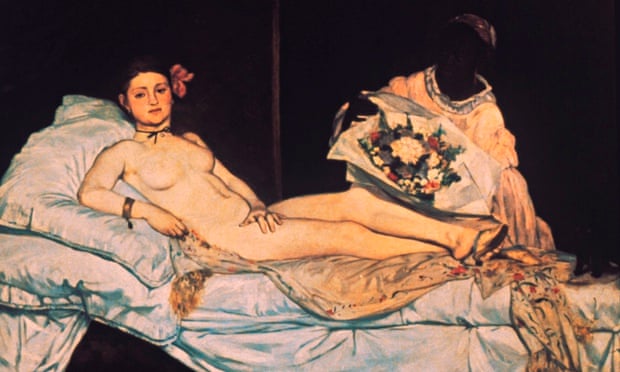
Is Grayson Perry right – can we no longer be outraged by art and literature? From Manet’s Olympia to Pussy Riot and Houellebecq, Adam Thirlwell presents a short history of shock
Is Grayson Perry right – can we no longer be outraged by art and literature? From Manet’s Olympia to Pussy Riot and Houellebecq, Adam Thirlwell presents a short history of shock

I was nostalgic because it seemed to me that shock was no longer possible. Or, perhaps more precisely, shock was no longer admissible. We are all, pronounced Grayson Perry, bohemians now – and therefore unshockable by art. And if this is true, it signals a grand and maybe melancholy shift in the nature of art, and in the relation of art to society. It also appears to me – considering, let’s say, Pussy Riot and Ai Weiwei – a slightly provincial argument. And then came the attack on Charlie Hebdo.
Naturally, the discussion that followed was about the right to offend, and the potential geopolitical imbalances of such offence. But even more urgent it seems is to define what offence might be at all. To be shocking, to be offensive: the meaning of these noble terms might not be obvious. There are so many variants of shock. What might be necessary, for more precise orientation, is some kind of shock genealogy.
And the place to start, both symbolically and historically, is Paris.